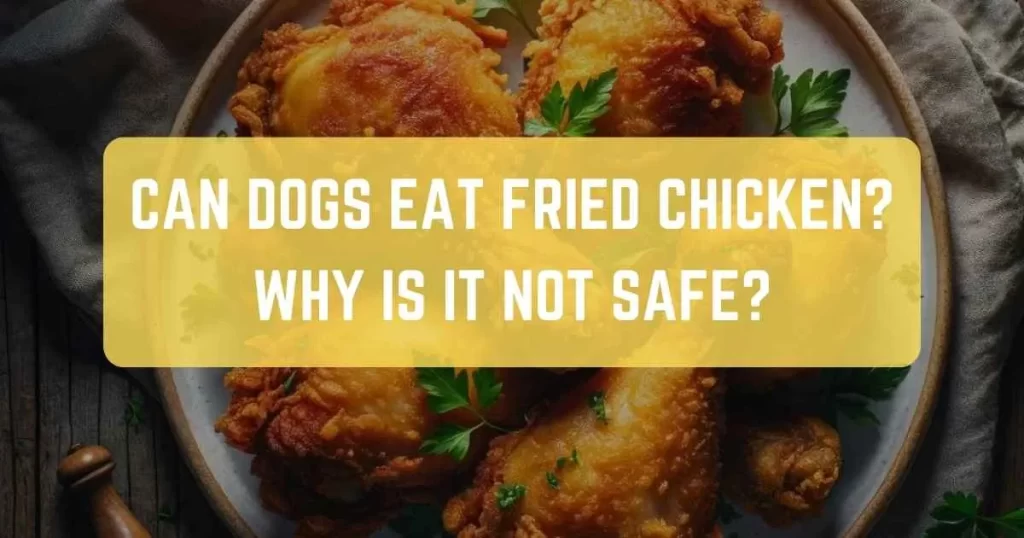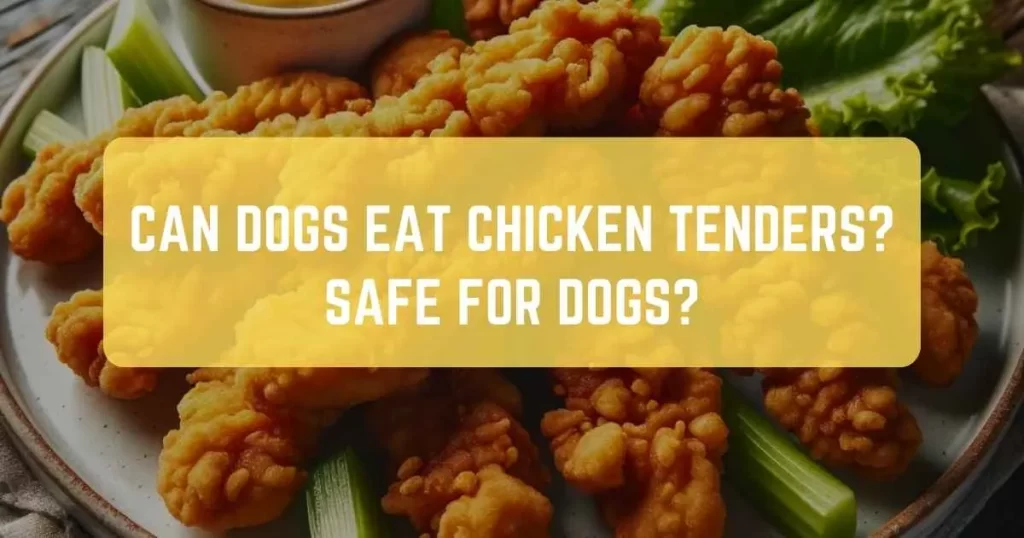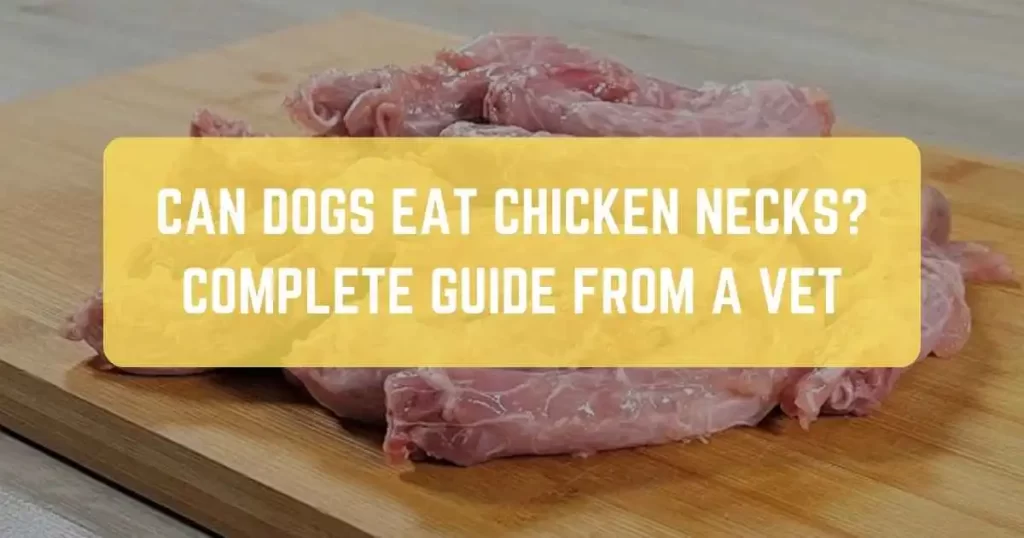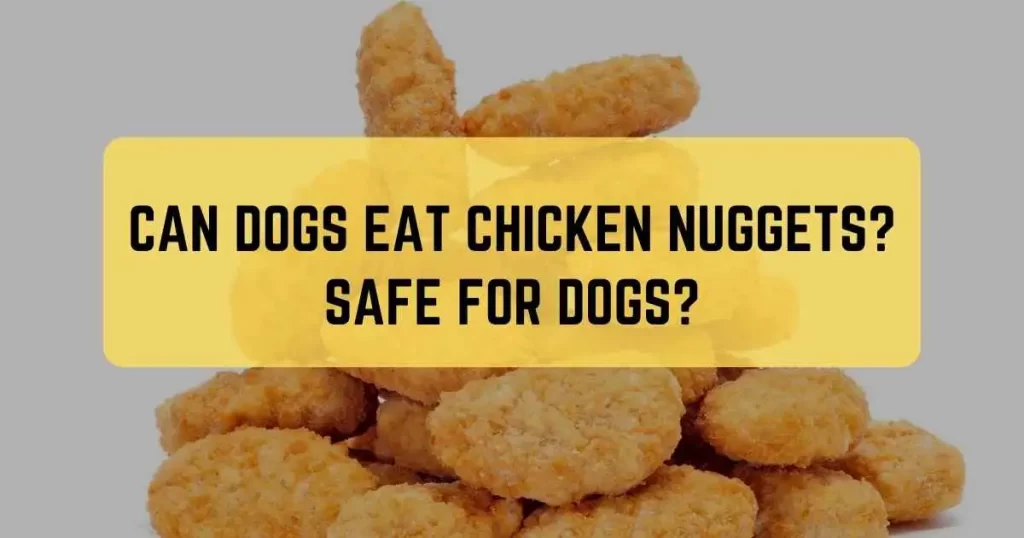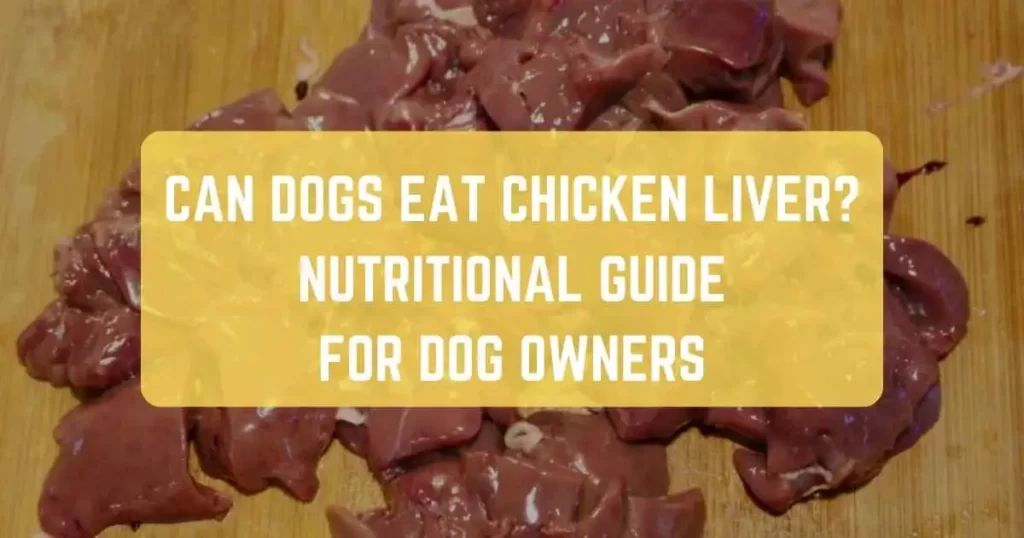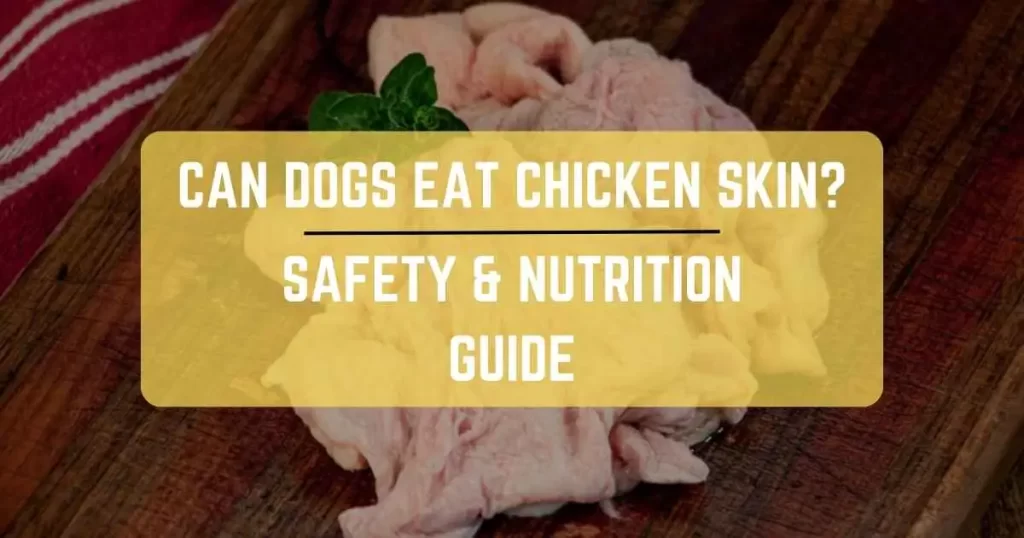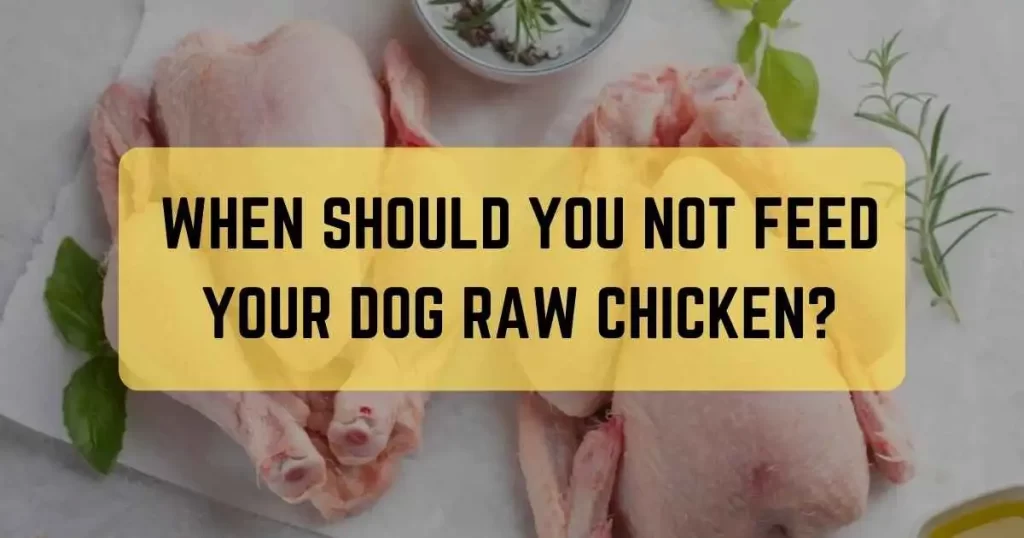
Picture this: You’ve just finished preparing a meal, and your dog’s eager eyes are fixed on you, expecting a delicious treat. You’ve heard about the potential benefits of incorporating raw chicken into your furry friend’s diet—improved skin and coat health, enhanced digestion, and a natural source of essential nutrients.
But before you rush to add chicken to their bowl, pause for a moment. The journey into the world of canine nutrition is a path fraught with twists and turns, and when it comes to raw chicken, there are crucial considerations to bear in mind. From the vulnerability of puppies and seniors to the risks associated with specific health conditions, this comprehensive guide will navigate you through the intricate landscape of when to avoid it in your dog’s diet.
So, let’s embark on this educational journey, ensuring your canine companion’s safety and well-being is our utmost priority.
When to Avoid Raw Chicken
Puppies and Seniors
Puppies and senior dogs have developing or declining immune and digestive systems, respectively. Their delicate systems may struggle to handle the potential bacterial contamination that raw chicken can carry, such as Salmonella. In such cases, it’s best to opt for a safer dietary choice to prevent foodborne illnesses or digestive distress.
Immunocompromised Dogs
Dogs with compromised immune systems, whether due to illness or medication, are at a higher risk of contracting bacterial infections from raw chicken. Their weakened defenses may struggle to fight off pathogens, making raw chicken a risky choice.
Dogs with Stomach Problems
Canines with pre-existing gastrointestinal issues like chronic gastritis or inflammatory bowel disease may find raw chicken hard to digest. The high fat content and potential for bacterial contamination can exacerbate their conditions, leading to vomiting or diarrhea.
Dogs with Allergies
Some dogs have allergies to specific proteins, including chicken. Feeding them raw chicken can trigger allergic reactions, causing discomfort and health issues. It’s essential to identify any food allergies your dog may have before incorporating raw chicken into their diet.
Pregnant and Nursing Dogs
Pregnant and nursing dogs have increased nutritional needs to support themselves and their growing or nursing pups. While raw chicken is a source of essential nutrients, it also carries a higher risk of bacterial contamination. Pregnant and nursing dogs should receive a diet that meets their nutritional requirements while minimizing the risk of foodborne illnesses.
Dogs with Bone Problems
Dogs with a history of bone-related issues, such as fractures or dental problems, may face risks associated with raw chicken bones. While some proponents of raw diets advocate for feeding whole bones, there is a danger of bone splinters or blockages, which could lead to choking hazards or more severe health problems.
Dogs with a History of Foodborne Illnesses
Dogs who have previously suffered from foodborne illnesses may have a heightened susceptibility to reinfection. If your dog has experienced issues like Salmonella or E. coli infections, it’s crucial to exercise caution when considering raw chicken as part of their diet.
Types of Raw Chicken That are not Safe for Dogs to Eat
Not all raw chicken is created equal when it comes to canine consumption. To ensure your dog’s safety, it’s important to be aware of the types of raw chicken that are not suitable for their diet. Here are some descriptive bullet points to consider:
- Uncooked Chicken: Raw chicken that hasn’t been properly prepared or stored can harbor harmful bacteria like Salmonella, which is dangerous for dogs.
- Chicken Bones: Chicken bones, whether cooked or raw, can splinter and pose a choking hazard or cause blockages in your dog’s digestive system.
- Choking Hazards: Parts like chicken necks and chicken feet can be choking hazards, especially for smaller dog breeds.
- Commercial Raw Chicken Mixtures: Some commercial raw chicken mixtures may not be balanced or properly sourced, potentially lacking essential vitamins and minerals for your dog’s health.
How to Identify and Treat Foodborne Illness in Dogs?
Identifying and addressing foodborne illnesses in dogs is crucial to their well-being. Here’s a detailed guide on recognizing symptoms and providing appropriate treatment:
- Symptoms: Foodborne illness symptoms in dogs may include vomiting, diarrhea, lethargy, loss of appetite, abdominal pain, and fever.
- Treatment: If you suspect your dog has a foodborne illness, consult your veterinarian immediately. Treatment may involve fluid therapy, medication, and dietary adjustments to help your dog recover.
Alternatives to Raw Chicken for Dogs
If raw chicken isn’t suitable for your dog due to the reasons mentioned earlier, there are alternative dietary options to consider:
- High-Quality Commercial Dog Food: Choose premium commercial dog food brands that provide a balanced and nutritionally complete diet.
- Home-Cooked Meals: Preparing homemade dog food with vet-approved recipes can be a safe and nutritious alternative.
- Consult with a Veterinarian: Seek guidance from your veterinarian to determine the best diet for your dog’s specific needs, including any allergies or health conditions.
Final Thoughts
In conclusion, while raw chicken can offer certain benefits for dogs, it’s essential to be aware of the circumstances when it should be avoided. Puppies, seniors, dogs with specific health issues, pregnant or nursing dogs, and those with a history of foodborne illnesses should exercise caution or opt for alternative diets.
Feeding your dog a balanced and safe diet is crucial for their overall health and well-being. Always consult with a veterinarian before making any significant changes to your dog’s diet to ensure it meets their unique nutritional needs and reduces potential health risks.
By making informed choices, you can provide your canine companion with the best possible diet for their health and happiness.

